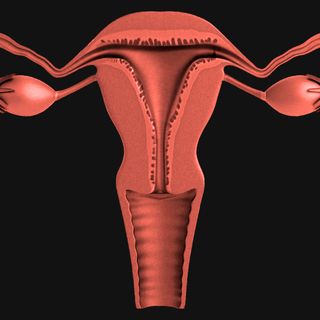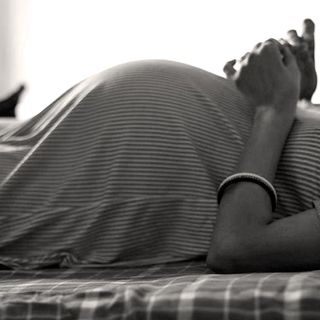A new study is the first to put a number to how many faces that we can remember and recognize – 5,000, on an average. This could include your best friend, your most despised teacher from high school, random B-list celebrities, your last cab driver — basically, you’ve got space to recognize 5,000, and anyone whose face you’ve seen, in person or not, could fill it up.
This number far exceeds the number of people we interact with regularly — on an average, we tend to live in smaller groups, surrounded by only 100 or so faces – a handy trait in an age when we see more people on screen than we meet in daily life.
“Our study focused on the number of faces people actually know- we haven’t yet found a limit on how many faces the brain can handle,” says study author Dr. Rob Jenkins, from the department of psychology at the University of York. “The ability to distinguish different individuals is clearly important — it allows you to keep track of people’s behaviour over time, and to modify your own behavior accordingly.”
Jenkin’s team arrived at 5,000 by having participants, on average 24 years old, spend an hour listing how many faces they knew, both from their personal lives as well as public figures. At first participants found it easy to jot down faces they recognized. But towards the end of the hour, people struggled with finding more faces to add. This changing pace helped researchers estimate when they would run out of names.
Participants were then shown thousands of photographs of famous people and asked to identify which they recognized. A person’s face was only confirmed as ‘known,’ once a participant had identified two different photos of the same public figure, to verify consistent recognition, rather than guesswork.
Participants recognized anywhere between 1,000 to 10,000 faces — which left researchers with an average of 5,000 faces.
“The range could be explained by some people having a natural aptitude for remembering faces. There are differences in how much attention people pay to faces, and how efficiently they process the information,” Dr. Jenkins added.
The environment in which we grow up can also affect how well we recollect faces, for instance those who live in more populated areas will be tend to socialize more and thus recognize more faces, he adds. Age might also play a role, though that aspect remains to be studied.
“It would be interesting to see whether there is a peak age for the number of faces we know,” adds Jenkins. “Perhaps we accumulate faces throughout our lifetimes, or perhaps we start to forget some after we reach a certain age.”
For those of us who can recognize faces at all, that is.




